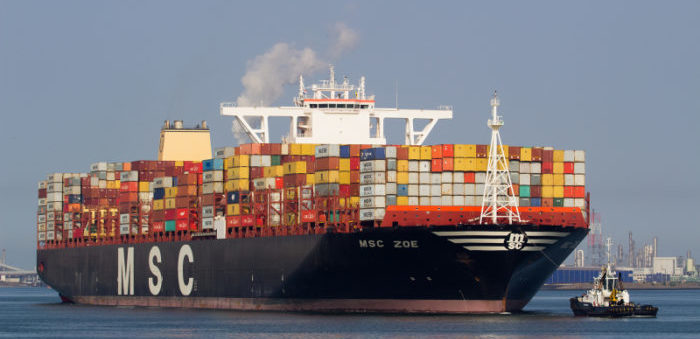USCG is aware of the challenges owners and operators face in opting and installing a BWMS in order to keep up with the USCG regulations. Therefore, after considering the interpretation of the ‘next scheduled drydocking’ with regard to 33 CFR 151 Subparts C and D, the Coast Guard provides extra guidance on what constitutes entry into drydock and the end of an extension period.
Generally, many are the vessels that have received an expansion of the ballast water compliance date that was stipulated as the ‘first scheduled drydock after (date)’.
As the USCG informs the ‘(date)’ refers to the date of entry reported to the Coast Guard for the future statutory out-of-the-water survey for the required inspection of the outside of the ship’s bottom.
[smlsubform prepend=”GET THE SAFETY4SEA IN YOUR INBOX!” showname=false emailtxt=”” emailholder=”Enter your email address” showsubmit=true submittxt=”Submit” jsthanks=false thankyou=”Thank you for subscribing to our mailing list”]
Concerning the statutory out-of-the-water surveys, the extensions were expected to extend the compliance date no more than five years.
Yet, because of the drydock slippage some of these vessels entered drydock after the date originally reported to the Coast Guard.
In addition, other vessels entered drydock before the ‘first scheduled drydock after (date)’ for emergency purposes or to install an exhaust gas cleaning system (scrubber), but with no change to the schedule of statutory out-of-the water hull surveys. Under the terms of the extension letters and the guidance provided in MSIB 13-15, these circumstances substantially affected the original extension period.
Vessels that have received an extension of the ballast water compliance date that was stipulated as the ‘first scheduled drydock after (date)’ and subsequently experience drydock slippage, enter a drydock for emergency reasons, or enter for the purpose of installing a scrubber will retain the originally issued extension, provided there is no change to the next scheduled statutory out-of-the-water survey of the ship’s hull for the required inspection of the outside of the ship’s bottom.
Moreover, a vessel’s statutory out-of-the-water survey for the required inspection of the outside of the ship’s bottom will be verified by vessel records, including the Certificate of Inspection, Passenger Ship Safety Certificate, Cargo Ship Safety Certificate, or Cargo Ship Safety Construction Certificate, as applicable.
USCG will provide vessels with updated language that reflects the intent of the originally issued extension.
This updated language will tie the extension termination date to the vessel’s out-of-water statutory survey schedule, not to exceed five years. For those vessels that already received 2.5 year extensions due to one of the reasons listed above, we will be sending letters to clarify the beginning and end of the originally issued extension period.
Vessel owners and operators are reminded that there are several compliance options for managing ballast water listed in 33 CFR 151.1510 or 151.2025. For vessel owners and operators choosing to install a BWMS, there are many Coast Guard type approved BWMS at this time. The type approved BWMS cover nearly all classes of vessel and are compatible with a broad range of operational requirements.
Concluding, USCG informs mariners to consult the Coast Guard’s website for up to date information regarding the ballast water management regulations. As a reminder, compliance date extensions requests and other inquiries should be sent to [email protected].




























































